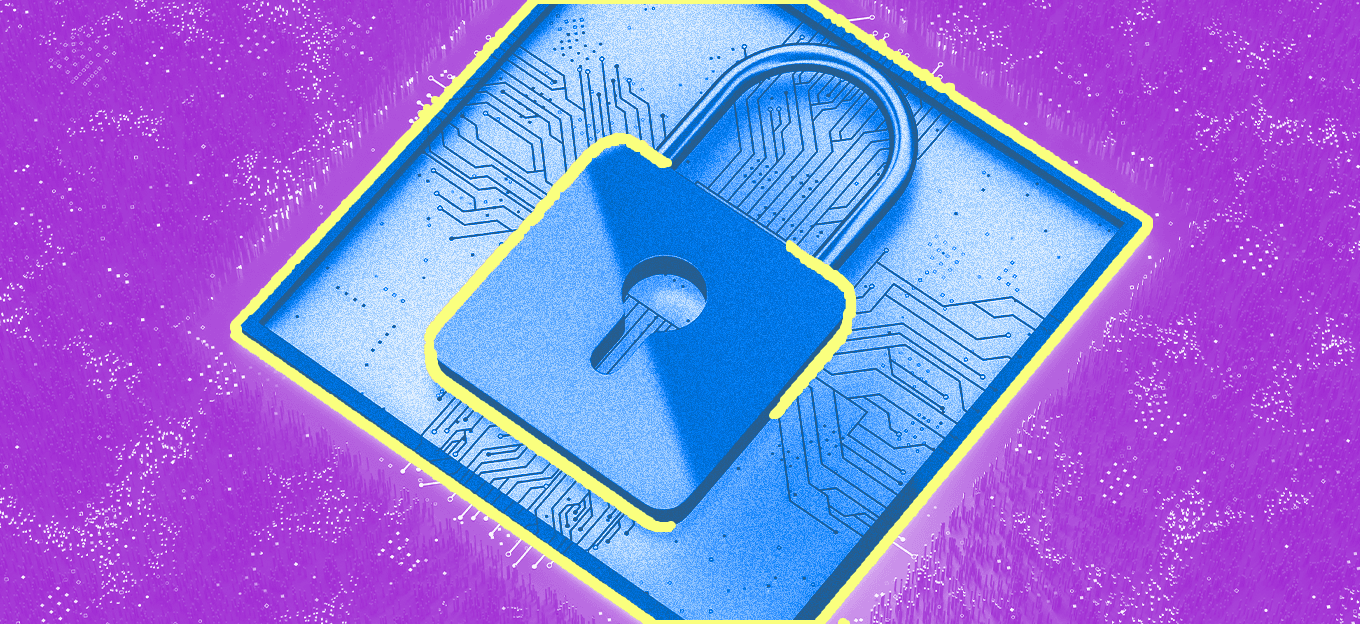Why Today’s Connected Devices Require Lifecycle Management
Why Today’s Connected Devices Require Lifecycle Management
- Last Updated: August 1, 2025
Northern.tech
- Last Updated: August 1, 2025



As industries integrate increasingly complex connected products, the risks associated with cybersecurity threats, software vulnerabilities and operational failures skyrocket. A single unpatched flaw or outdated configuration can disrupt business operations, compromise sensitive data and erode customer trust. With products evolving to a dynamic, software-centric design, a strategy to manage devices across their entire lifespan—from initial design to final decommissioning—is indispensable.
To help ensure success, OEMs should embrace a modern management framework for their connected products. A modern framework is a comprehensive approach that ensures security, compliance and continuous innovation at every stage of the product's life cycle: device life cycle management (DLM) for an IoT world. Secure and scalable DLM plays a key role in differentiating the industry leaders as the economy continues to embrace software-fueled growth.
Adopting A DLM Strategy For Connected Products
DLM is the strategic process of overseeing devices from end to end. The general DLM concept isn't new; end users have long incorporated life cycle best practices at the organizational level, such as with computers and mobile devices for maintenance and upgrades.
What is new is the need for OEMs to adopt similar strategies for the products they manufacture, not just consume. Products are no longer constrained by a “make-sell” approach, leaving the maintenance and management to end users. For example, doorbell OEMs no longer just manufacture mechanical, wired and wireless equipment; new entrants, like Ring, offer video-enabled, cloud-connected devices requiring ongoing updates and value-added subscriptions to enhance their utility. Similarly, automotive OEMs now continuously interact with their vehicles, whether in service shops or parked in an owner’s garage, ensuring they remain updated and secure.
Modern products require ongoing updates, security monitoring and performance optimizations to stay functional in today’s fast-moving, software-driven economy, placing continuous responsibility on the OEM. As products become more software-centric, OEMs must take an active role throughout the entire life cycle, far beyond the initial sale.
Managing a product from design to decommission, alongside its software, services and subscriptions, requires a structured strategy. Without a structured DLM strategy for their products, OEMs risk failure.
DLM for connected products encompasses five key stages:
1. Designing: Define device requirements, security protocols and long-term management strategies (such as update and patch management processes) to ensure adaptability to evolving business and security needs.
2. Manufacturing: Ensure in-factory assembly meets operational goals and compliance standards, guaranteeing component and supply chain verification.
3. Commissioning: Configure, activate and verify products securely, including initial software installations and baseline security measures to protect against vulnerabilities.
4. Maintenance: Manage product value through software updates, security patches, performance optimization and regulatory compliance.
5. Decommissioning: Securely retire products, revoke credentials and erase data to prevent unauthorized access.
Building consumer trust is a top priority for OEMs. In fact, upwards of " $3.7 trillion of 2024 global sales are at risk due to bad consumer experiences." Strategic DLM safeguards customer trust by ensuring devices are secure and reliable, beginning before the end user purchases the product and ending after its final use.
Security Considerations For An Effective DLM Strategy
Industries today, including automotive, aviation, defense, energy, healthcare and smart buildings, rely on intelligent devices for efficiency, safety, automation and data analysis. As products shift from enhancing operations to becoming operational cornerstones, management complexity increases. Unlike traditional hardware-based products, modern connected devices require continuous oversight for success.
Software-defined products introduce new challenges, particularly in cybersecurity. The shift demands a proactive security approach, moving away from the traditional reactive model. Additionally, security is no longer a one-time concern at the point of sale but an ongoing requirement. Software-defined products require continuous threat monitoring and updates.
Security parameters of an effective DLM strategy should include:
1. Security, Integrity Verification And Encryption: Ensure only authenticated software runs on a device, verify software and hardware components, and encrypt data.
2. Credentials Management: Manage access credentials and secrets securely. Regularly rotate credentials and adhere to revocation processes.
3. Vulnerability Management: Proactively identify and patch software and security vulnerabilities and bugs.
4. Over-The-Air (OTA) Updates: Deliver secure, remote updates post-deployment, enabling vulnerability management and continuous improvement.
5. A Source Of Truth: Establish a centralized system for tracking device status, software versions and ownership to provide complete visibility into the device ecosystem, enabling better decision making.
The benefits of a DLM strategy for OEMs are numerous, including:
- Helping ensure functionality, security and regulatory compliance
- Preventing malware from compromising critical components
- Reducing the risk of unauthorized access, industrial espionage and exploitation
- Minimizing the risk of cyberattacks
- Protecting brand reputation
By adopting best practices in DLM, OEMs can proactively overcome new challenges while securing products throughout their life cycle.
DLM Powers The Transition To A Software-First Economy
The shift from static, hardware-first products to dynamic, software-driven offerings presents challenges requiring a life cycle perspective. DLM helps ensure future-proofing for connected products, integrating design, production and user journey considerations. As the economy transitions toward software-driven solutions, OEMs that leverage a DLM framework and adapt will likely lead the industry, proactively managing threats and maintaining market leadership.
The Most Comprehensive IoT Newsletter for Enterprises
Showcasing the highest-quality content, resources, news, and insights from the world of the Internet of Things. Subscribe to remain informed and up-to-date.
New Podcast Episode

Moving Past the Pilot Phase in IoT and AI
Related Articles




